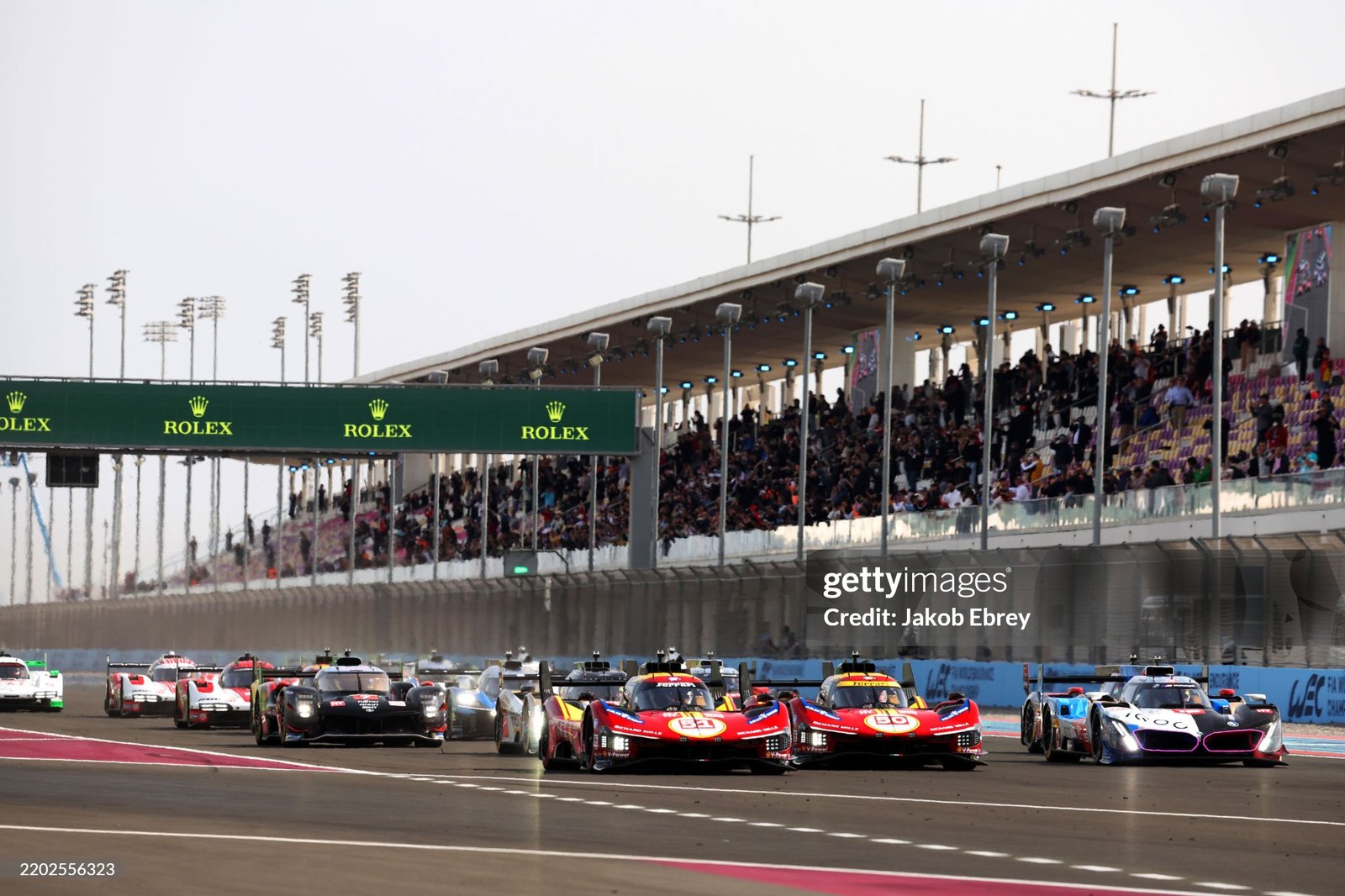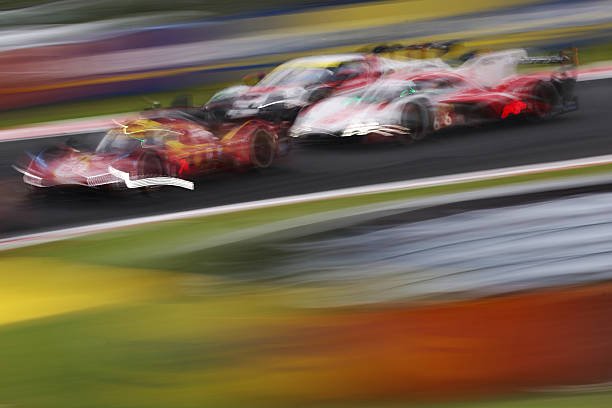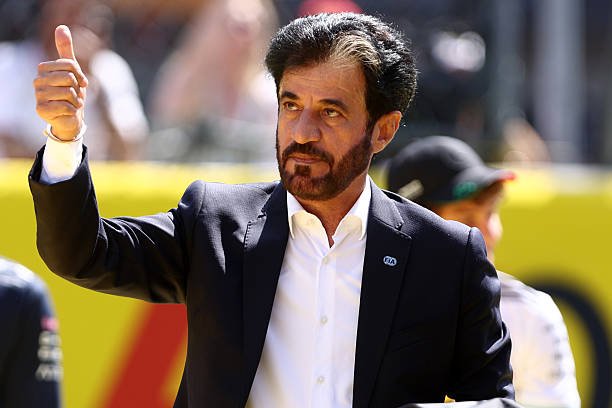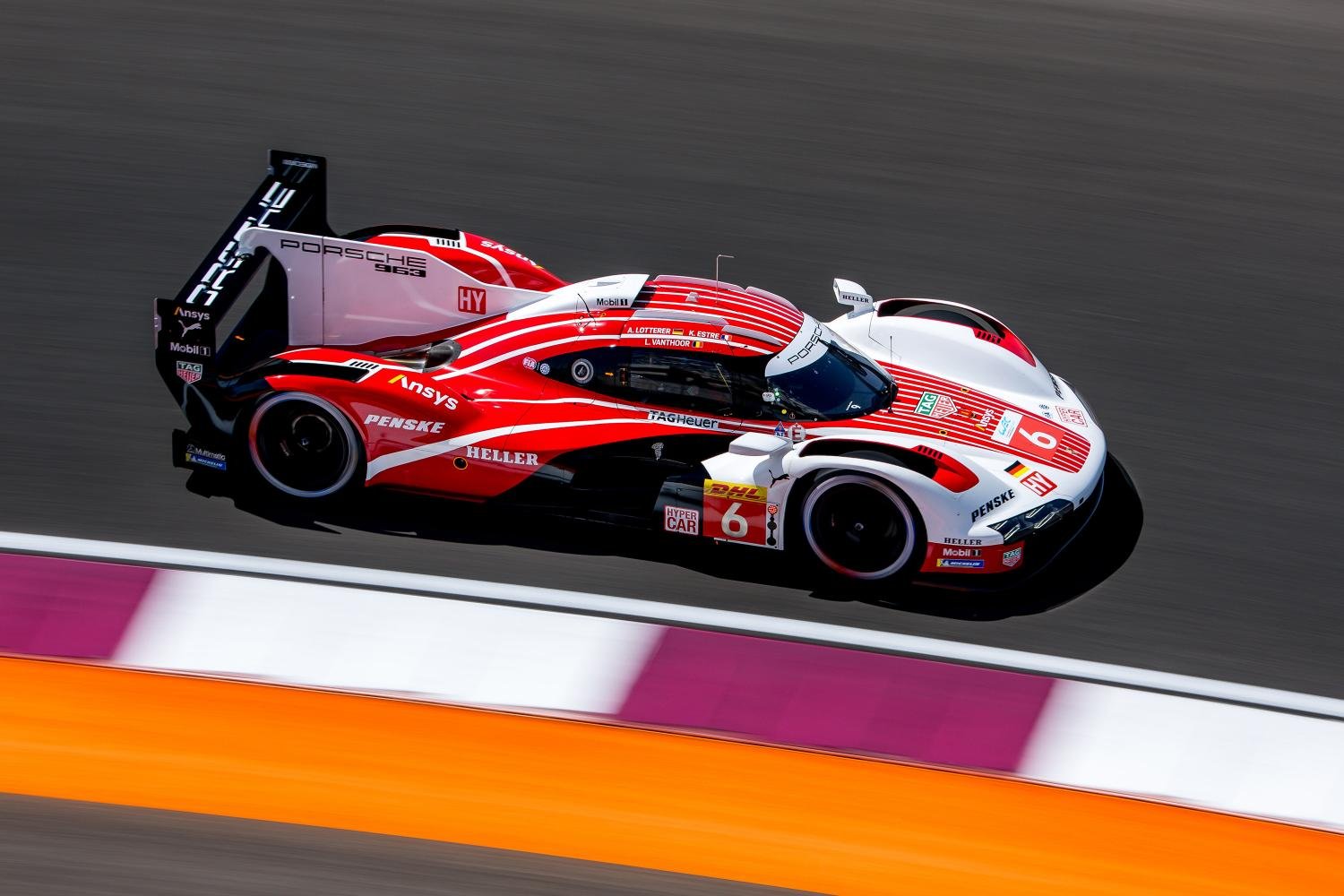UNDERSTANDING BALANCE OF PERFORMANCE IN WEC: What is its purpose?
In endurance racing, performance is about more than just raw speed. The FIA World Endurance Championship (WEC) brings together a wide range of cars from different manufacturers, each with unique engineering philosophies and technologies. To keep the competition fair and exciting, the series uses a system called Balance of Performance (BoP).
But what is BoP, and how does it work? Here’s a breakdown:
Balance of Performance is a set of regulations and technical adjustments used to equalize the performance of cars with different designs, engine types, and chassis configurations. It’s not about making all cars identical — it’s about giving each competitor a fair shot at victory, regardless of their engineering approach.
BoP is crucial in categories like Hypercar and LMGT3, where multiple manufacturers compete with varying levels of power, aerodynamics, and weight. Unlike spec series (where every car is mechanically identical), WEC allows significant freedom in car design. This encourages innovation but can create large gaps in performance. BoP exists to let very different cars compete fairly against each other.
The BoP is applied through technical adjustments, such as:
- Weight (Minimum Mass): Adding or removing ballast to change a car’s weight.
- Power Output (Air Restrictors / Fuel Flow): Limiting engine performance via fuel flow meters or turbo boost.
- Aerodynamics: Restrictions on aero configurations or downforce levels.
- Energy Allocation (Hybrid Cars): Adjusting how much electric power can be deployed.
These changes are made based on data analysis, not race results. The FIA and ACO collect massive amounts of telemetry, lap times, stint lengths, and top speeds across test sessions and races to create a performance profile for each car.
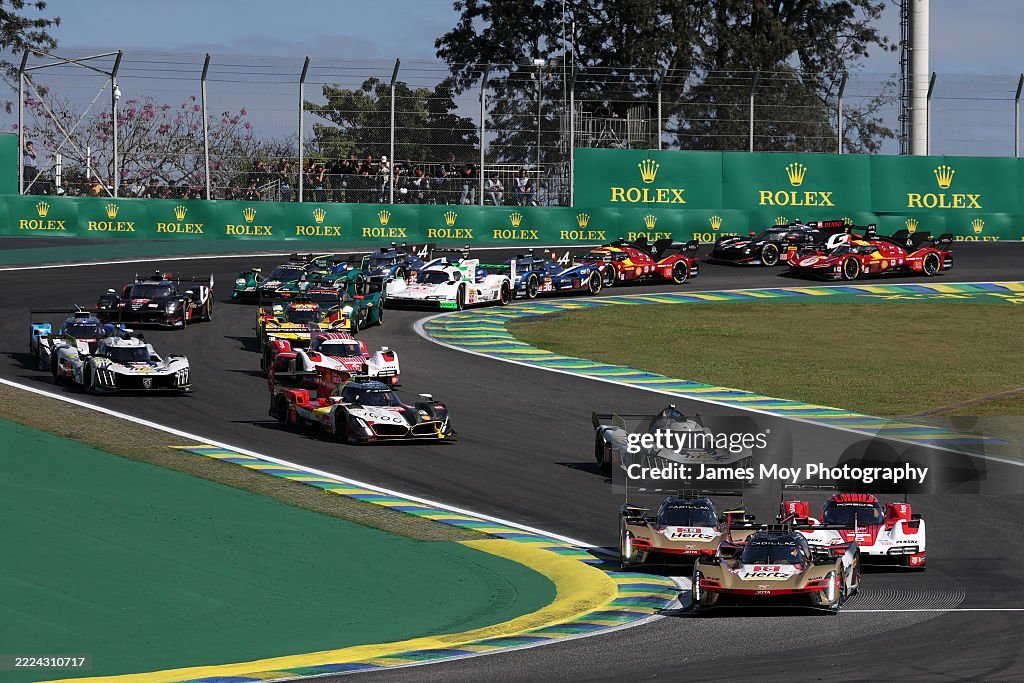
BoP in the Hypercar Class
In the Hypercar class (which includes both Le Mans Hypercars and LMDh prototypes), BoP ensures that different concepts — hybrid and non-hybrid, front- or rear-wheel drive, different powertrains — can race on equal grounds.
Adjustments in Hypercar are made using:
- Maximum power curves (defined by speed)
- Minimum weight
- Hybrid deployment restrictions (for LMH cars only)
BoP in LMGT3
The LMGT3 class debuted in 2024, replacing GTE cars. GT3 cars already run BoP in series like IMSA and GT World Challenge, so WEC follows a similar approach.
Here, BoP is managed by the FIA and includes:
- Air restrictor sizes
- Turbo boost limits
- Minimum ride height
- Ballast weight
Cars from different brands — Porsche, Aston Martin, Ferrari, Lamborghini, and others — are balanced to ensure no single model has a consistent advantage.
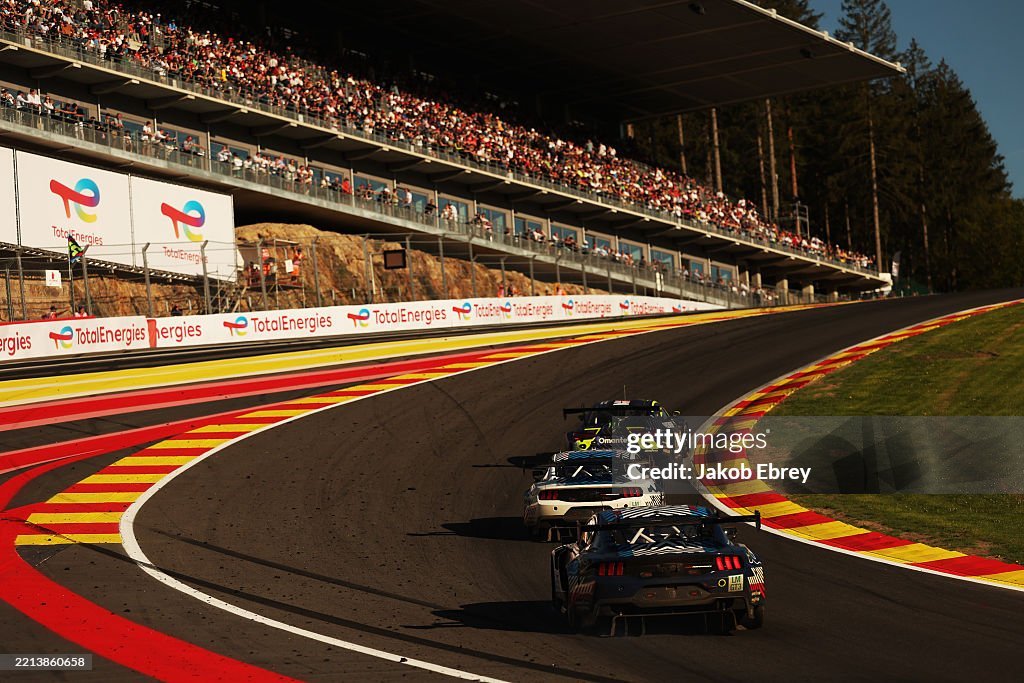
Is BoP controversial?
Yes, BoP is often a hot topic. Teams and fans sometimes feel adjustments are unfair or overly political. A BoP change can dramatically alter a team’s competitiveness from one race to the next. However, most agree it’s a necessary tool to maintain close racing in such a diverse field.
The World Endurance Championship governing bodies aim to keep the system as transparent and data-driven as possible. The introduction of Automated BoP in Hypercar — using algorithms to assess and adjust performance — has helped reduce subjectivity.
Balance of Performance is one of the most important — and misunderstood — elements in modern endurance racing. While not perfect, it plays a vital role in keeping the WEC competitive, diverse, and unpredictable. For fans, it means we get to see Toyota, Ferrari, Porsche, Cadillac, Alpine, BMW, and others battling nose-to-tail at iconic circuits like Le Mans, Spa, Fuji or Interlagos.
And in the end, that’s what endurance racing is all about: variety, strategy, and the thrill of close competition.
Share this content:
